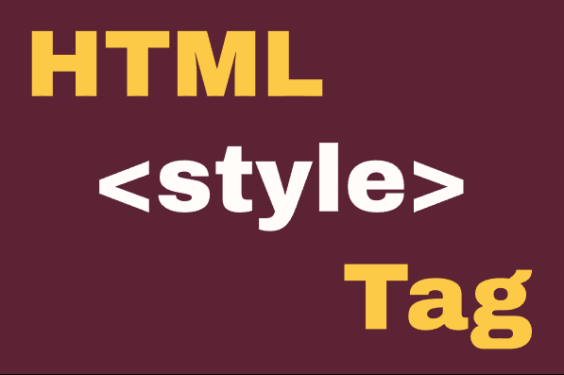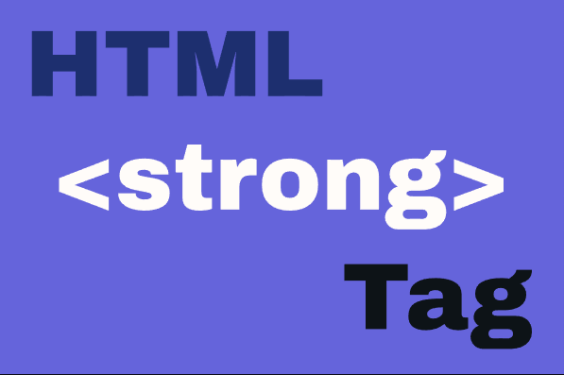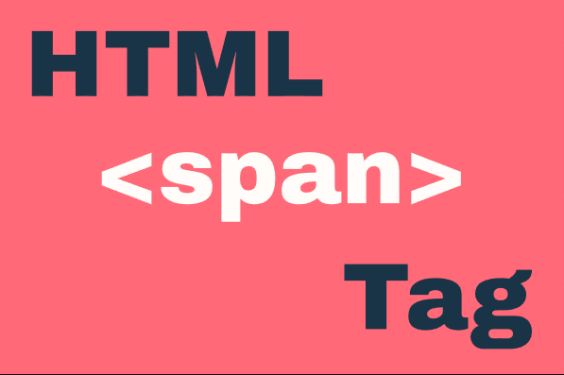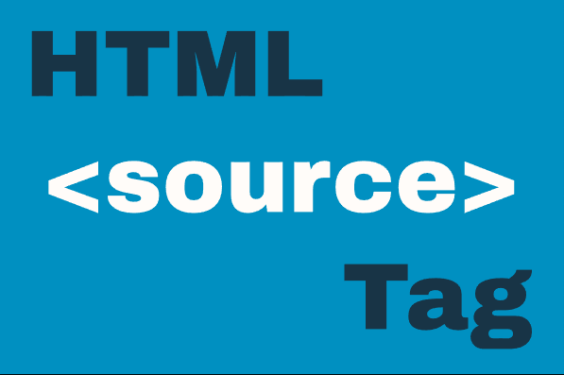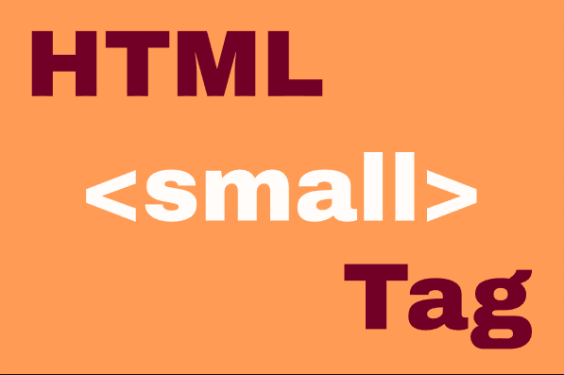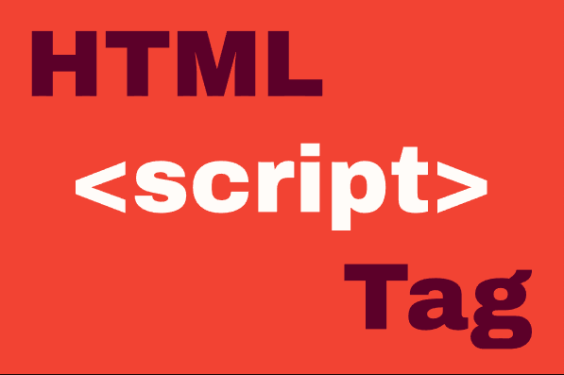HTML <section> Element
Publish in HTML Tutorial el 25/05/2025 16:06
HTML <section> Element: The Complete Guide
The <section> element is a semantic HTML tag used to define thematic groupings of content in a document. Unlike generic containers like <div>, <section> carries meaning about the structure of your content, helping search engines and assistive technologies understand your page organization.
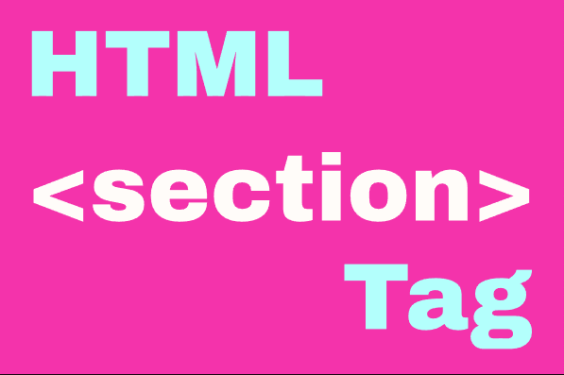
Key characteristics of <section>:
- Represents a standalone section of content
- Should typically have a heading (h1-h6)
- Used for grouping related content
- Helps with document outline and accessibility
Basic Syntax
Here's the fundamental structure of a section element:
When to Use <section>
Use <section> for:
- Chapter-like divisions of content
- Tabbed content areas
- Thematic groups in long articles
- Distinct portions of a web application
Avoid using <section> as a generic container - for that purpose, <div> is more appropriate.
Practical Examples
Example 1: Basic Section with Content
This shows a simple section containing an article preview:
Example 2: Multiple Sections in Article
Demonstrating how sections can divide a long article into logical parts:
Example 3: Section with Styling
Showing how sections can be styled while maintaining semantic meaning:
Example 4: Interactive Section with JavaScript
Demonstrating how sections can be manipulated with JavaScript:
Example 5: Dynamic Section Loading
Showing how sections can be loaded dynamically via AJAX:
Best Practices & Tips
- Always include a heading: Each section should typically have a heading (h1-h6) to identify its purpose.
- Don't use for styling only: If you need a container purely for styling, use <div> instead.
- Nest sections logically: Sections can be nested to create a document outline.
- Combine with ARIA: For complex sections, consider adding ARIA attributes for better accessibility.
- Use for print styles: Sections make great targets for @media print rules.
Accessibility Considerations
When using <section> elements:
- Ensure each section has an identifying heading
- Consider adding aria-labelledby if headings aren't present
- Use landmarks (role="region") for important sections when appropriate
- Test with screen readers to ensure proper content grouping
By properly using <section> elements, you create more semantic, accessible, and maintainable HTML documents.
